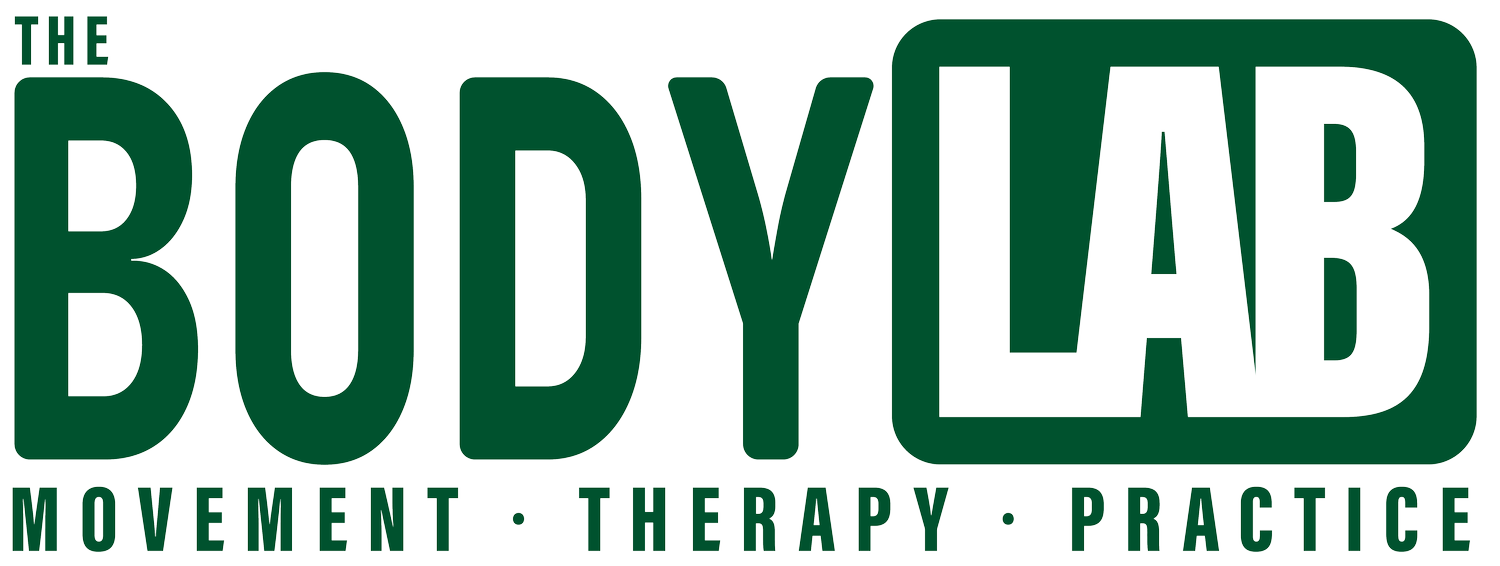Dry Needling vs. Acupuncture:
Which is treatment should you choose?
What’s the Difference Between Dry Needling and Acupuncture?
Choosing between dry needling and acupuncture can feel like deciding between a deep muscle reset and an ancient energy tune-up. Both involve needles, but that’s where the similarities end. Acupuncture is steeped in over 2,000 years of Traditional Chinese Medicine (TCM), aiming to balance your body’s energy—or “qi”—by targeting specific acupoints along the body’s meridians. Dry needling, on the other hand, is a more modern, Western medical approach, used primarily to release muscle tension by poking at trigger points.
Here’s the kicker: I’m trained in both dry needling and acupuncture! Unlike many practitioners in Australia who may only specialize in one or the other, I bring the best of both worlds to your treatment. With years of experience in both therapies, I tailor each session to your specific needs. Acupuncturists, like me, undergo three to four years of intensive training—and yes, I did exactly that. Plus, I honed my skills at the Gateway Clinic in Lambeth Hospital, London, where I worked in their specialist pain clinic.
Is Dry Needling the Same as Acupuncture?
At first glance, they might seem like twins separated at birth, but dig a little deeper and you’ll see the differences. Both use fine, stainless steel needles, but acupuncture goes for a full-body approach, using meridians to restore balance, while dry needling zooms in on muscle knots, called trigger points. Think of acupuncture as an all-body spa treatment for your energy flow, and dry needling as a laser-focused massage for your muscles.
In Australia, this distinction is important because training requirements vary greatly. Acupuncturists (like me) undergo years of rigorous training to understand the complexities of the body, while dry needling is often taught in short courses. But don’t worry, I’m trained in both!
What Is Dry Needling?
Dry needling is a modern technique designed to relieve muscle pain by targeting trigger points—those tight, irritable spots in your muscles. The term “dry” comes from the fact that there’s no fluid involved, just needles! These needles are inserted into the tight spots to release tension, increase flexibility, and get you back on your feet.
What Are the Benefits of Dry Needling?
If you’ve got stubborn muscle tension or sports injuries, dry needling can offer relief where other treatments fall short. It’s often used for treating conditions like muscle pain, fibromyalgia, or even to help increase your range of motion after an injury.
What Is Acupuncture?
Acupuncture is an ancient practice rooted in TCM that uses specific points along the body’s energy pathways (meridians) to treat pain, illness, and even mental health conditions. The goal is to restore balance and encourage the body’s natural healing processes.
What Are the Benefits of Acupuncture?
Acupuncture can treat a wide range of conditions, from chronic pain and headaches to stress, insomnia, and digestive issues. It’s also well-researched and accepted in Australia as a safe and effective treatment option, especially for long-term health management.
